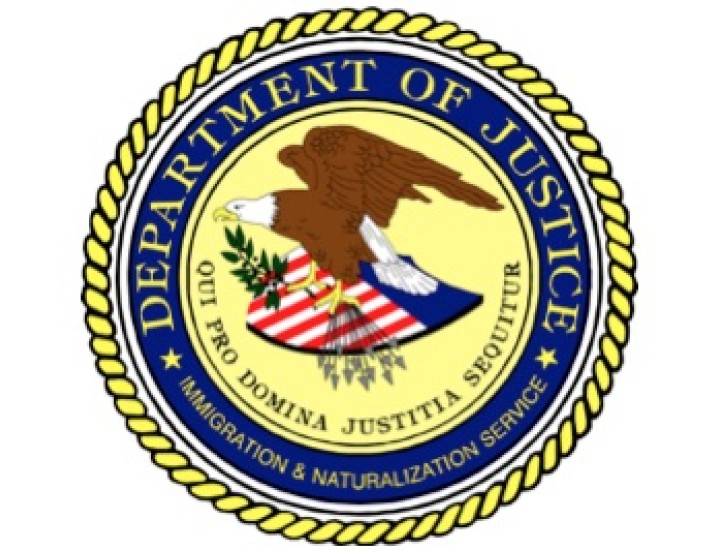Published November, 2015
IAPAC Guidelines for Optimizing HIV Care Continuum for Adults and Adolescents, International Association of Providers of AIDS Care (2015)
The International Association of Providers of AIDS Care (IAPAC) published its Guidelines for Optimizing HIV Care Continuum for Adults and Adolescents earlier this month. The guidelines, representing IAPAC’s efforts to close the gaps along the HIV care continuum, are based on a literature review of 6,132 articles, including controlled trials, observational studies, cross-sectional studies, and descriptive documents.
IAPAC generated thirty-six recommendations on various topics. Notably, IAPAC asserts that, “in many settings, optimizing the HIV care environment may be the most important action to ensure that there are meaningful increases in the number of people who are tested for HIV, linked to care, started on ART if diagnosed to be HIV positive, and assisted to achieve and maintain long-term viral suppression.” Among its strongest recommendations related to optimizing the HIV care environment is the repeal of laws criminalizing HIV:
• Laws that criminalize the conduct of or exert punitive legal measures against MSM, transgender individuals, substance users, and sex workers are not recommended and should be repealed where they have been enacted.
• Laws that criminalize the conduct of PLWH based on perceived exposure of others to HIV, and without any evidence of intent to do harm, are not recommended and should be repealed where they have been enacted.
• HIV-related restrictions on entry, stay, and residence in any country for PLWH are not recommended and should be repealed where they have been enacted.
Copyright Information: CHLP encourages the broad use and sharing of resources. Please credit CHLP when using these materials or their content. and do not alter, adapt or present as your work without prior permission from CHLP.
Legal Disclaimer: CHLP makes an effort to ensure legal information is correct and current, but the law is regularly changing, and the accuracy of the information provided cannot be guaranteed. The legal information in a given resource may not be applicable to all situations and is not—and should not be relied upon—as a substitute for legal advice.
